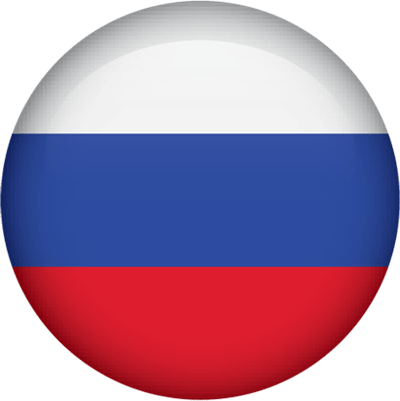HdV-113
NPP typeTaxonomical Group
Fungi
Type description
Ascospores of extant Sporormiella species are three to many-septate, smooth and dark brown. The septa are transverse to oblique, every cell showing an elongated germ slit, extending the entire length of the cell. Ascospores easily split up in separate cells, and as a consequence in the fossil state no observations of complete ascospores can be made. Nevertheless, the separate ascospore cells show sufficient features for identification. Species identification of Sporormiella-type is not possible because fruit-bodies, asci and complete ascospores are not available. Fossil cells of ascospores are of 14–21 x 11–17 μm in size. There are two types of Sporormiella-type cells: (i) half-ovoid cells (10–13) which are the terminal cells of ascospores, the flattened part originally forming the connection with the adjacent ascospore cell, and (ii) the central ascospore cells (14–16) which are more or less cylindrical. All cells show an oblique to diagonal germ slit: Van Geel et al 2003a
Records
First publication
van Geel B, Buurman J, Brinkkemper O, Schelvis J, Aptroot A, van Reenen G, Hakbijl T (2003) Environmental reconstruction of a Roman Period settlement site in Uitgeest (The Netherlands), with special reference to coprophilous fungi. J. Archaeol. Sci. 30:873-883.

